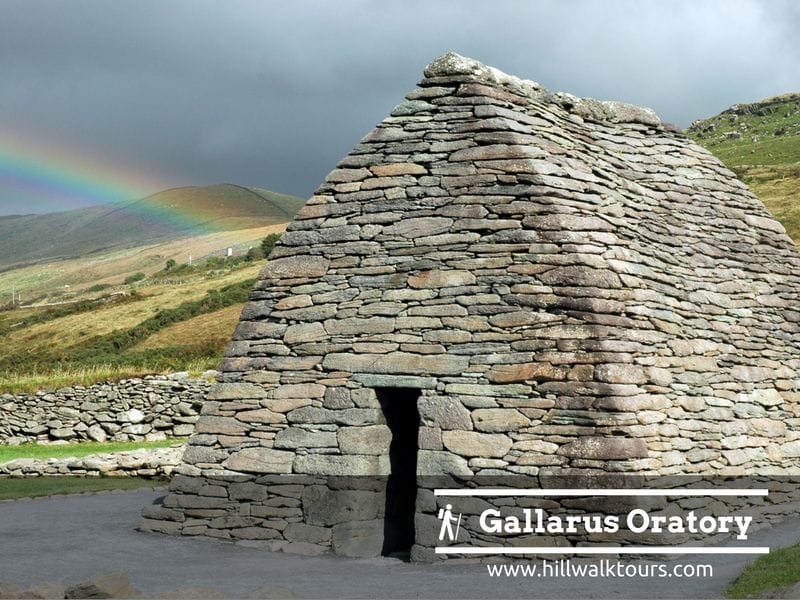The Dingle Way is repeatedly named as the most beautiful walking route in Ireland. Its route along miles of sandy beaches, a holy mountain and rich archaeological heritage are just some of the highlights that make hiking this long-distance trail a unique experience.
From getting there to where to stay, here are all the tips you might need for planning and hiking the Dingle Way. From pilgrims to gourmets, there are also special recommendations and tips for every type of hikes.
Hiking The Dingle Way: An Overview
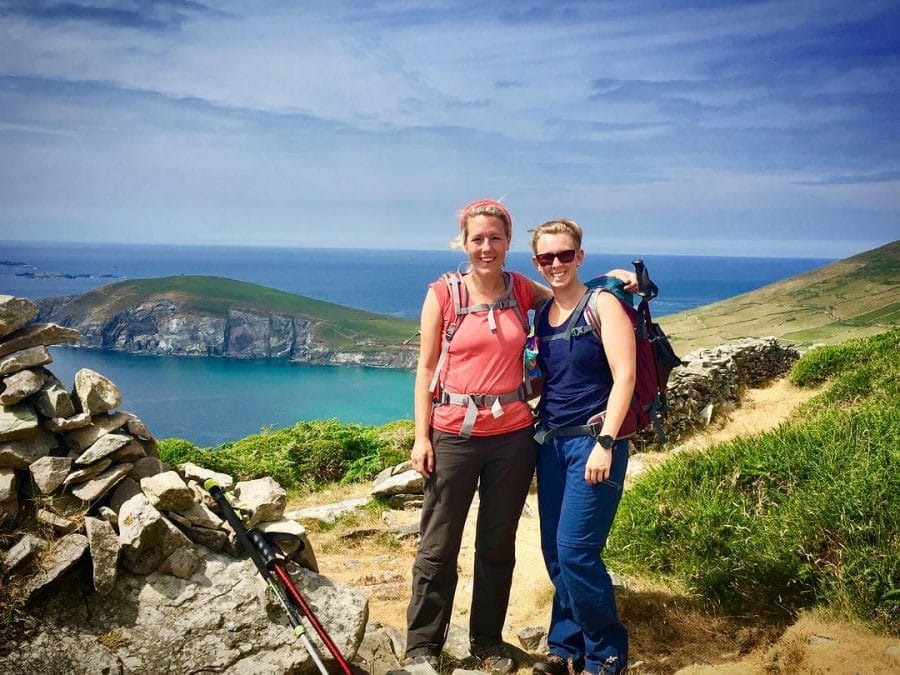
The Dingle Way: Fact File
Total Length: 179 kilometers (111 miles)
Difficulty Level: Moderate
Duration: 8 to 12 days
Type: Circular route
Start and finish: Tralee, Co. Kerry
Geographical Location: In the south-west of Ireland in County Kerry. The Dingle Way is named after the Dingle Peninsula that it circles
Total Ascent: 2,300 meters
Highest point: the Masatiompan mountain at 650 meters.
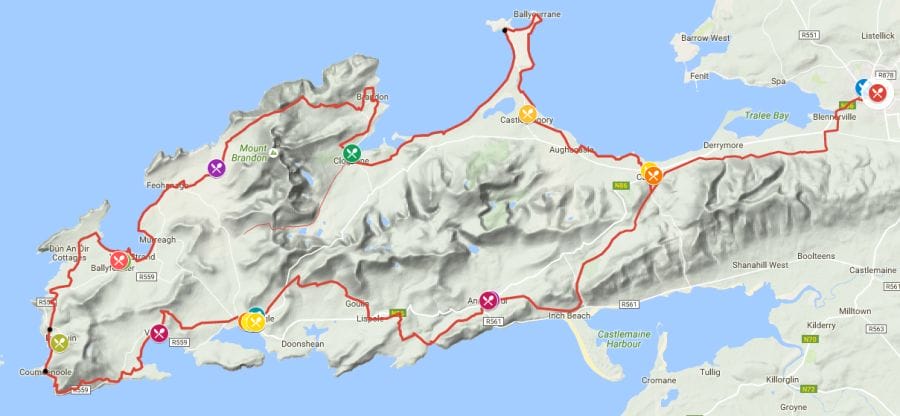
Waymarking: The Dingle Way is well signposted. Regularly a little yellow hiker lets you know that you are on the right track.
Landscape: The Dingle Way is a coastal path that runs along the beach for long stretches. Mountain ranges such as the Slieve Mish Mountains and Mount Brandon line the trail. Cliffs, islands and headlands also enrich the landscape.
Maps: OS Ireland Maps numbers 70 and 71. The Ordnance Survey Maps are the official maps of Ireland and contain detailed references to settlements, landscape features such as forests and mountains and all archaeological sites.
Towns and Villages: Tralee, the capital of Kerry, is the start and end point of the Dingle Way. Dingle itself is the other, small town on the trail. Only a few hours away from each other you will come across pretty villages where you can eat and stay overnight. These include: Blennerville, Camp, Annascaul, Lispol, Ventry, Dunquin, Ballydavid, Cuas, Cloghane, Fahamore and Castlegregory.
Accommodation: There is regular accommodation along the Dingle Way in the form of numerous B&Bs and some hotels and hostels.
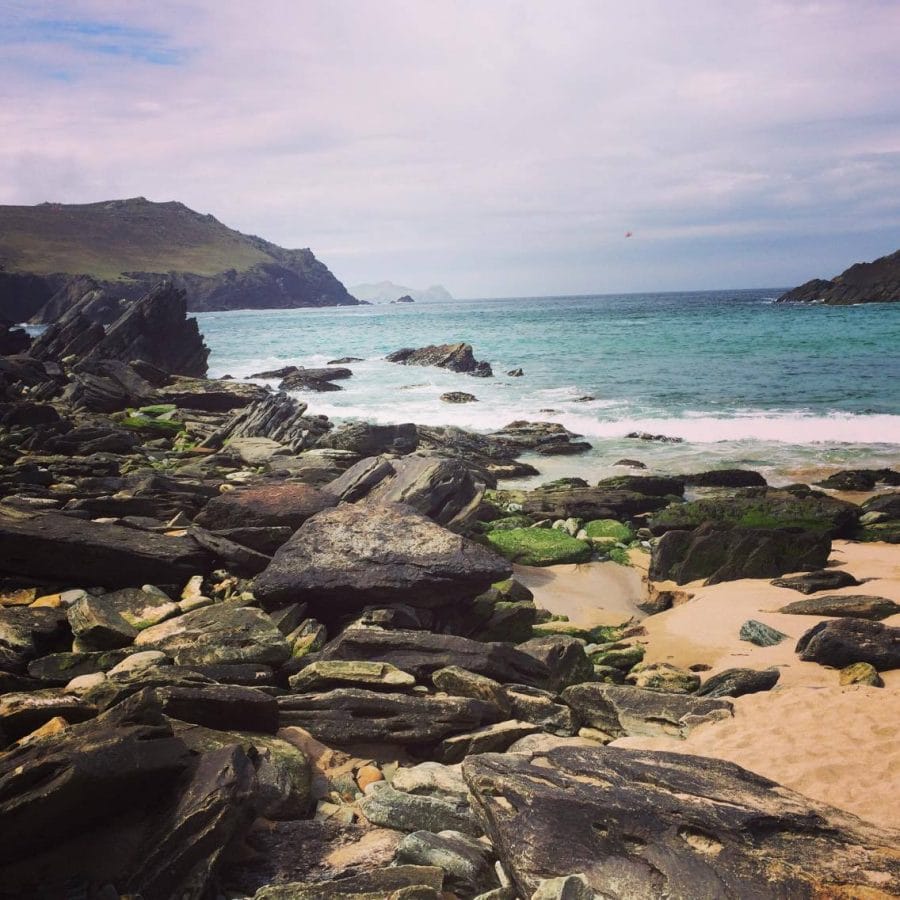
General tips for hiking the Dingle Way
1. Timing
At the start of planning your trip on the Dingle Way, the first decision is when to go. The operators of the trail generally recommend hikes on the Dingle Way from mid-spring through October. Outside of this period, adverse weather conditions with snow, ice and Atlantic storms can occur. The shorter daylight hours can also be an issue.
July is by far the month with the highest number of visitors, followed by August and June. So think carefully about what is important to you on a hike. Do you fancy the hustle and bustle and sociable evenings in the pub when you arrive at the destination of the day? Or do you prefer it to be a little quieter? Even in May and September you can enjoy mild temperatures and sufficient daylight. These months can sometimes also have the nicest weather of the year as it is famously unpredictable on the Wild Atlantic Way and no matter when you travel, you should always be prepared to experience “all four seasons in the same day”
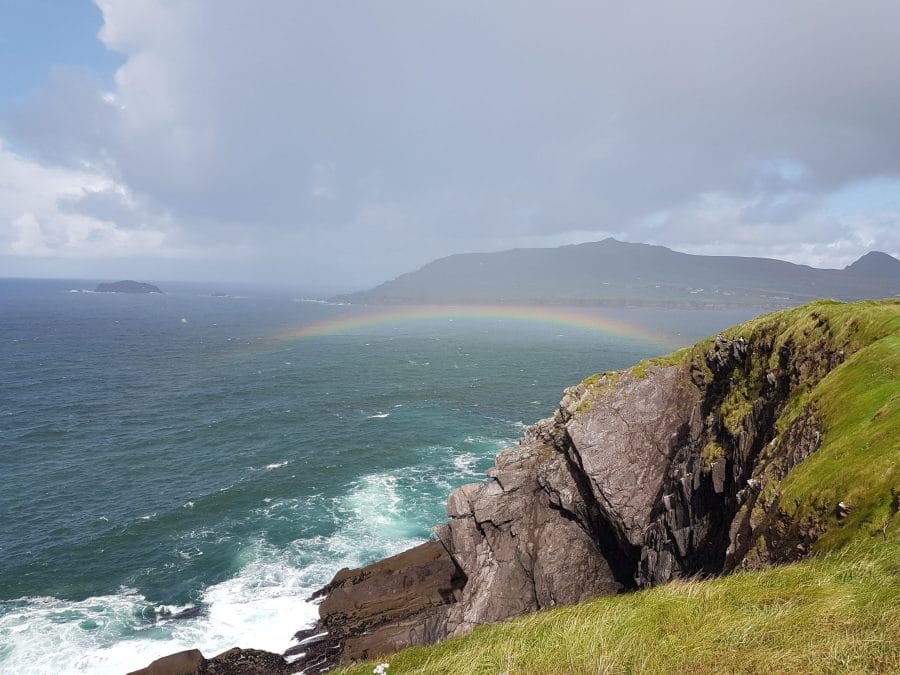
2. Equipment
Make sure your equipment includes the following items:
- Waterproof clothing
- Provisions and water
- Worn-in hiking boots
- A pair of light shoes to change (for the hours after the hike and possibly sections on the beach)
- Map / GPS / cell phone
- Alternating shifts for weather changes (socks, fleece, leggings, T-shirt)
- Walking sticks
Also, consider packing swimming gear specifically for the Dingle Way. The wide beaches could tempt you to take a dip in the waves, despite the cold water temperature of the Atlantic.
In general, the ascents and descents on the Dingle Way are moderate. The descent to the top of Masatiompan is an exception but Hillwalk Tours also offer an alternative route which can be taken to avoid this climb (particular helpful in poor weather conditions). Hiking poles are particularly worthwhile on the climb of Masatiompan for additional support and stability.
Another pair of waterproof running shoes or even trekking sandals can help take the strain off your feet when you walk for miles on sandy ground.
For more tips on essential gear, check out our equipment guide blog post.
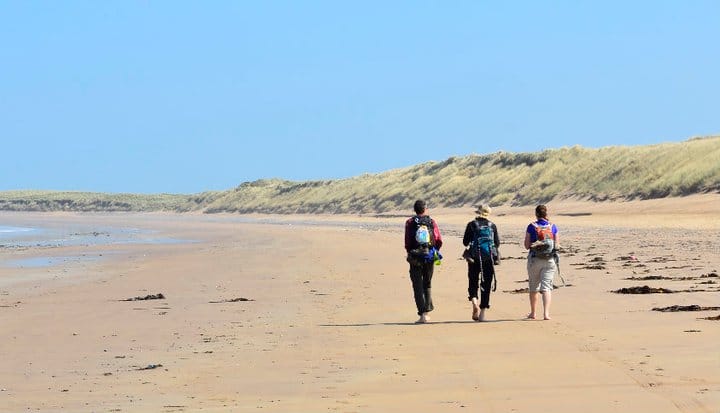
3. Inspiration
Two young Irish nature lovers, Carl and Ellie, started the Tough Soles project to walk all 42 marked trails in Ireland in 2017. That’s over 4,000 kilometers in total. After just over 2 years, they completed this project, including of course the Dingle Way. Afterwards, they recommended the Dingle Way as one of the most beautiful hiking trails in Ireland.
For a few visual impressions, but above all for inspiration and wanderlust, we recommend watching this short summary video of the two hiking the Dingle Way:
4. Book Early
Due to the great popularity of Dingle, accommodations on the peninsula often fill up quickly. This is especially true for the section between Dingle Town and Ballyferriter and the months from June to August. So book as early as possible to avoid disappointment and in order to stay in the best options.
If you need help with planning your route and accommodation, you can contact travel companies that specialize in “self-guided hikes”. Hillwalk Tours books all of the required accommodations, luggage transfers and walker transfers required along tailor-made routes. All you have to do is determine how many kilometers you want to hike each day and they will have an itinerary to suit you.
Having luggage transfers means that you are only traveling with a light daypack and can concentrate on enjoying the scenery instead of struggling with a bigger backpack on the sometimes muddy and boggy terrain. Hillwalk Tours also provides maps, detailed turn-by-tern bespoke route notes and guides on local history, attractions, restaurants and anything else you need to know.
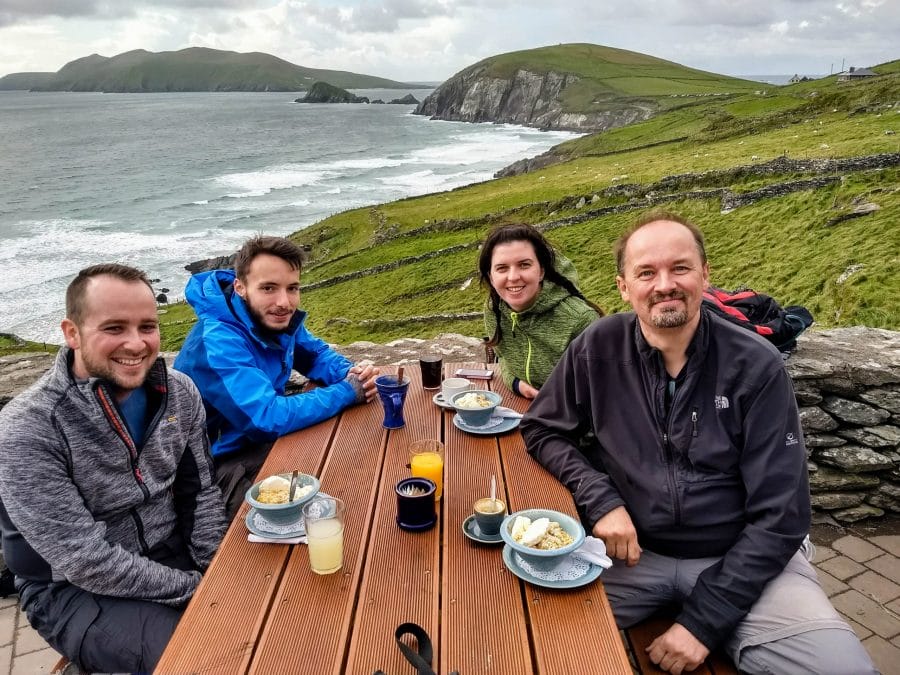
5. Food
Generally, there are no problems finding sufficient eating options at each stopover point. If you stay in B&Bs, a lovely breakfast is provided to stand you in good stead for the day of hiking ahead. Some B&Bs also offer a packed lunch. In supermarkets, gas stations or “newsagents” (small shops that sell magazines, etc.), you can always find fruit, nuts, bread rolls and energy bars for in between meals.
You can have your main meal in the evening when you arrive at your destination for the night.
Special Tip: In addition to restaurants, pubs also offer hearty meals and a chance to have a pint of Guinness which is always a fitting reward after a day out on the trails. In Ireland this is called “Pub Grub” (bar food).
In some locations like Slea Head and Dunquin, there are no local restaurants or pubs but some of the local B&Bs will prepare a meal for you if arranged in advance.
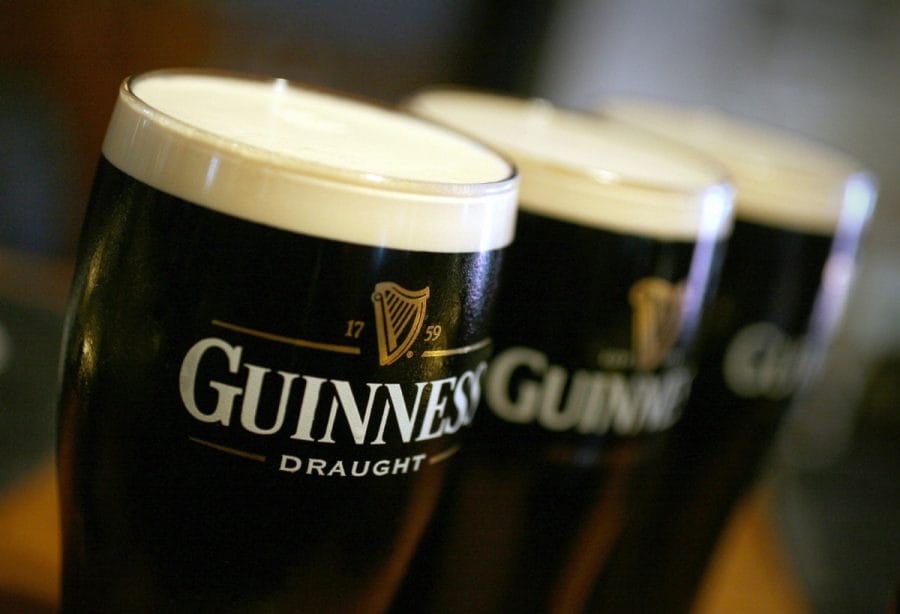
6. Arrival & Departure
Whether you arrive by plane, ferry or other means of transport, Tralee is easily accessible by bus or train from all major cities. Allow about three hours for the journey by bus from Cork and about six hours from Dublin. The website getthere.ie shows you at a glance all possible routes by train or public and private bus companies and is usually reliable.
If you start your hike at a different starting point further along the route, you will still need to travel to Tralee first and then get on a bus to Camp, Annascaul or Dingle from there. Bus Eireann operates the local bus service.
More information on getting to and from the Dingle Way is available on the Travel Info tab of Hillwalk Tours homepage.
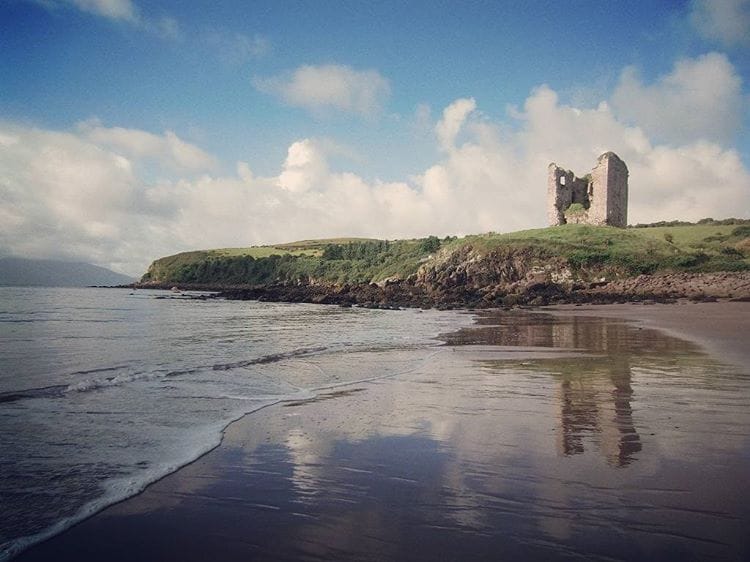
Hiking the Dingle Way: tips for different types of hiker
The area around Dingle is so diverse that it also has a lot to offer hikers with different interests. Do you read each information board carefully? Are you interested in spirituality and religious history? Or is it the thought of deliciously prepared food that drives you to reach the next village?
You will find tips and highlights for different types of hikes in the following.

The Dingle Way For History Buffs
History buffs will love Dingle! Traces of the past on the peninsula include prehistoric menhirs (standing stones), Ogham stones (stones with ancient writing on them), early Christian structures from the sixth century and even traces of lost island communities from the last century.
The publications of famous contemporary heros such as the polar traveler Tom Crean or the storyteller Peig Sayers bring bygone days to life. Here are some of the many highlights for history buffs.
7. The Blasket Islands
Until the evacuation in 1953, the Blasket Islands west of Dingle were inhabited. The isolation from the mainland and the harsh climatic conditions had created a very special culture and community life there. In the 19th century, the islanders were almost self-sufficient, living off fishing and farming. They only wore clothes that they had made themselves.
Today’s generations owe it to the famous storyteller Peig Sayers, among others, that information about the unique life and everyday life on the island has been preserved.
In Dunquin, you can visit the Blascaod Center to learn more about the islands. If the weather is good, a ferry leaves from there that will take you to the now uninhabited Great Blasket Island.
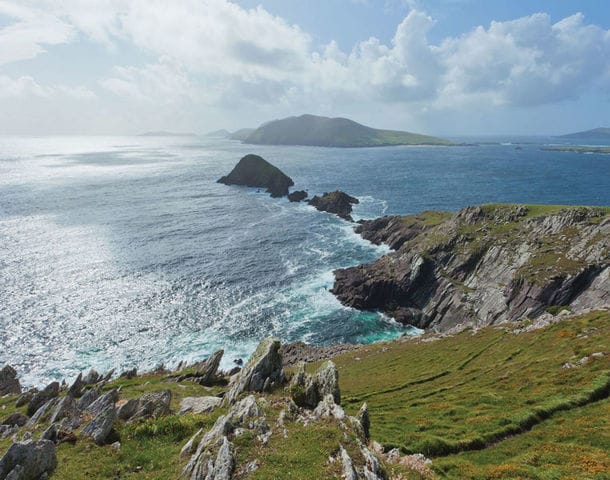
8. The Clocháns at Mount Eagle
Clocháns are beehive huts: early Christian stone buildings where the first monks in Ireland lived and prayed. Often these are in remote locations, far from the temptations of comfort and civilization. Some of them look out to sea and you can well imagine how the hermits looked for solitude and closeness to God while contemplating the ocean.
On the slope of Mount Eagle behind Ventry Beach you can admire some clochans, even if they lack the characteristic roof. This is on the section of the Dingle Way between Dingle and Dunquin.
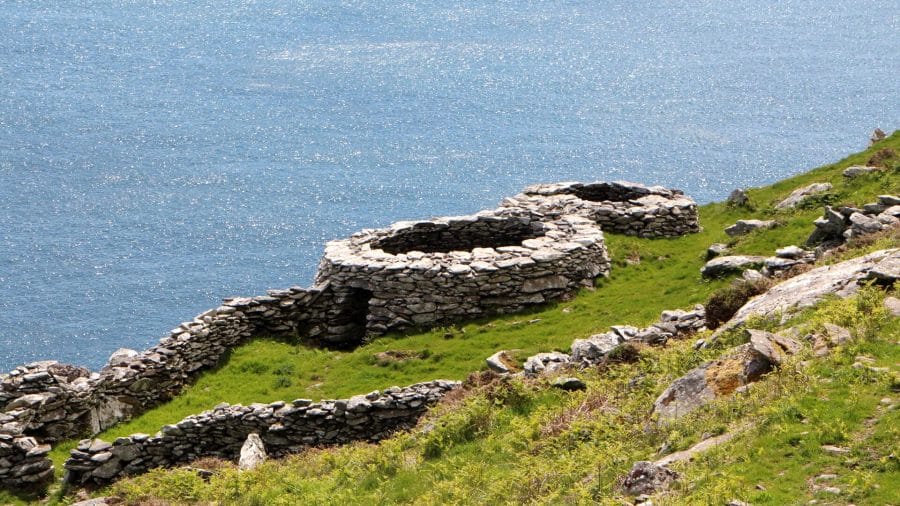
9. The South Pole Inn in Annascaul
The South Pole Inn provides a glimpse into a period of recent history: the expeditions to the Arctic and Antarctic at the beginning of the 20th century. Tom Crean was born in Annascaul in 1877 and was a member of three major expeditions to Antarctica. This included Captain Scott’s famous Terra Nova Expedition as part of the race to reach the South Pole which he lost to Roald Amundsen. Crean won a medal for bravery on this trip for his efforts to save other crew members.
He was also part of Ernest Shackleton’s Imperial Trans-Antarctic Expedition where their ship, Endurance, famously sank. Crean and the ship’s crew spent 492 days drifting on the ice before undertaking a journey in the ship’s lifeboats to Elephant Island, located south of the tip of Argentina. From there, six men including Shackleton and Crean undertook an incredible 800-nautical-mile (1,500 km) boat journey to South Georgia in one of the lifeboats before then trekking across the mountains to find help.
Michael Smith’s book “Tom Crean: Unsung Hero of the Scott and Shackleton Antarctic Expeditions” tells the story of his adventurous life and unparalleled courage. The South Pole Inn has a few items on display from these trips.
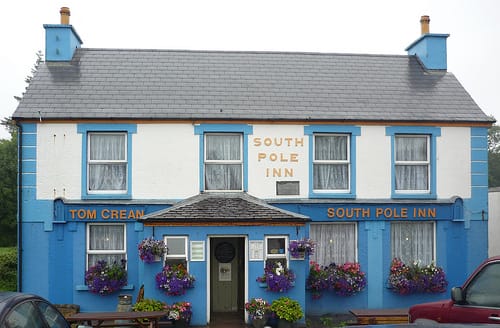
10. The Ogham Stone at Mount Brandon
Ogham is the oldest alphabet used in Ireland before Christianization. This writing can be found as lines carved into stone. The vast majority of them are in Munster, South Ireland. It is believed that the letters got their names from trees.
On the Dingle Way there is an example of such an Ogham stone right by the way. You can try to decipher the inscription against a picturesque backdrop on the slopes of Mount Brandon.
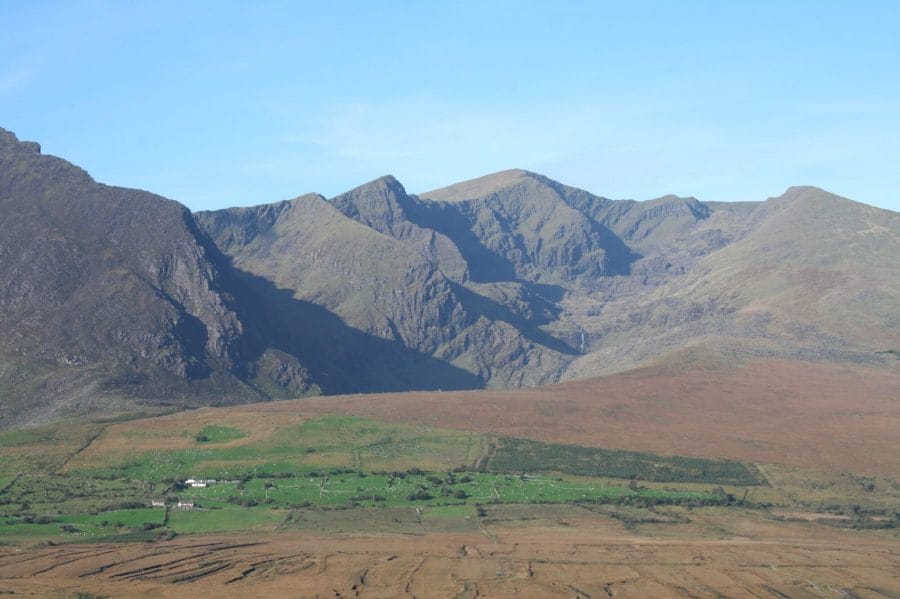
The Dingle Way For Gourmets
Those who love fresh fish can feast to their heart’s content in Dingle. As a coastal area, seafood and fish are the main ingredients of the local cuisine as the main local product.
The following restaurants not only impress with their menu, but also with their very own charm:
11. The Stonehouse, Ventry
The Stonehouse in Ventry is widely known for its stone roof and picturesque location. From the restaurant you can enjoy views of the surrounding cliffs even on rainy days. The menu consists primarily of regional dishes such as crab salad, the “catch of the day” and goat cheese, but also curry and burgers.
12. Out of the Blue, Dingle
Nowhere can you get your food fresher than here. Only the best fish that was drawn from the sea that day makes it onto the plate. The operators even go so far as to close the restaurant briefly if the local fishermen have had a very bad day and there is not enough good produce to use.
13. Pisces, Castlegregory
Much praised for the appealing ambience and friendly service, hikers will find a wonderful place to relax and fill their stomachs after a long day in nature. The menu also includes dishes with fish, prawns and homemade tomato sauce.
14. The Global Village, Dingle
The Global Village chef prides himself on having traveled to 40 countries and brought culinary inspiration with him from each one. With a lot of imagination, traditional and innovative influences are brought together in his saucepan. The organic salad comes from their own garden and vegetarian and vegan dishes are also prepared. The Global Village opens in the evening from 5.30 p.m.
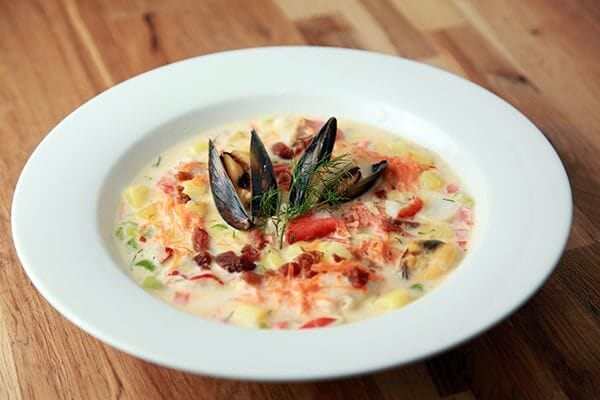
15. The Dingle Way For Pilgrims
For those hikers, for whom the inner journey is always in the foreground on their way through the landscape and who are interested in pilgrimages, there are also interesting options on the Dingle Way.
Following a local initiative in 2012, the “Kerry Camino” was created. This is a pilgrim path covering the first three stages on the Dingle Way from St. John’s Church in Tralee to St. James’ Church in Dingle. St. James’ Church was originally built by Spanish merchants and dedicated to St. James of Santiago de Compostela. This led to it becoming a famous departure point for Irish pilgrims leaving to walk to Santiago de Compostela. You can collect stamps on your pilgrim logbook along the way and collect a pilgrimage certificate at the end, just like on the Camino de Santiago.
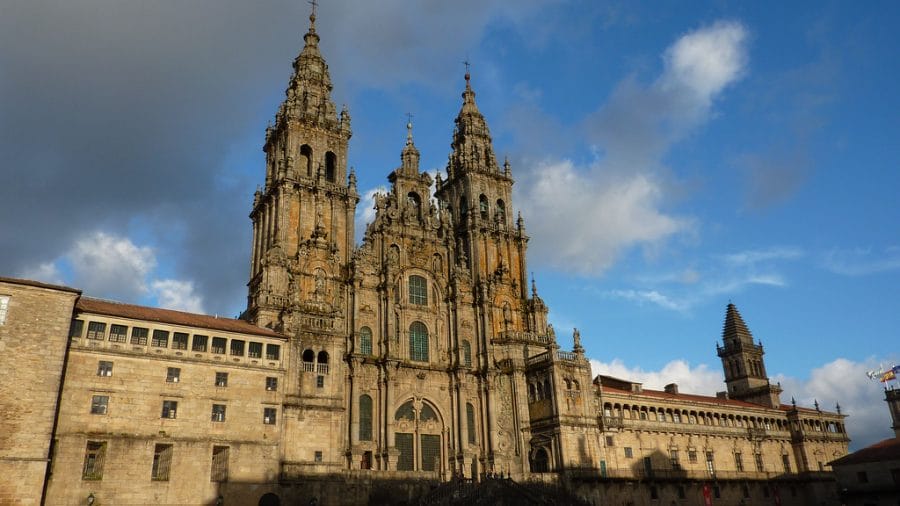
The connection between experiencing the landscape and spirituality goes back much further in Dingle. Mount Brandon, for example, is a sacred mountain and was named after Saint Brendan. A vision of a paradise island overtook him on his summit, which he then tried to find by boat. Saint Brendan came from near Tralee and the story of his journey across the ocean became a medieval bestseller that was translated into several European languages.
On the Dingle Way itself you will repeatedly come across traces of religious influence. In addition to the beehive huts on Mount Eagle, churches from different centuries line the trail. A special highlight is the Gallarus Oratory, the best preserved early Christian church in all of Ireland. It was built between the 7th and 8th centuries AD and is located in the north-west of the peninsula between Fearann and Murreagh just off the Dingle Way.
